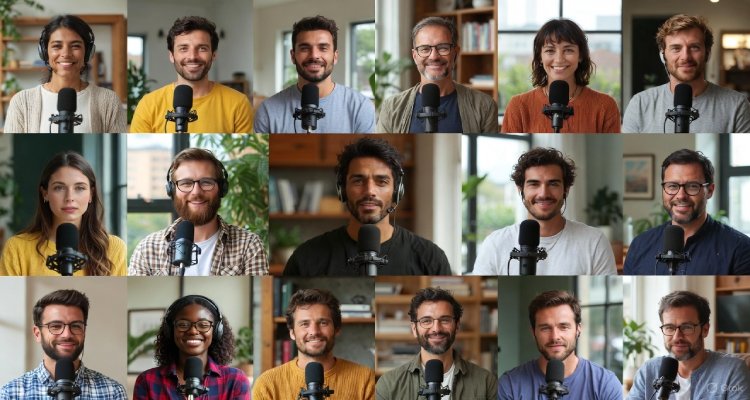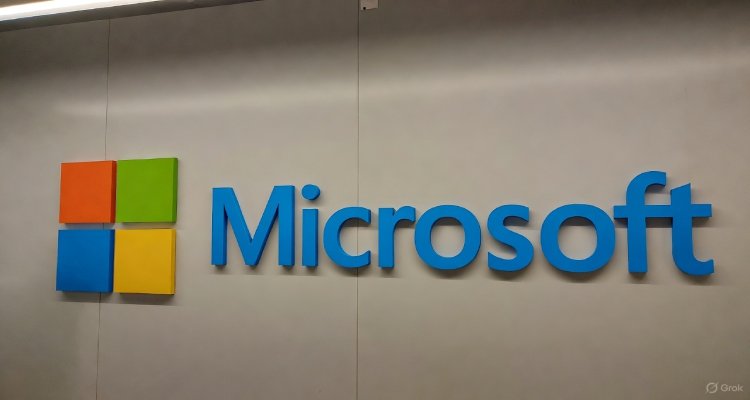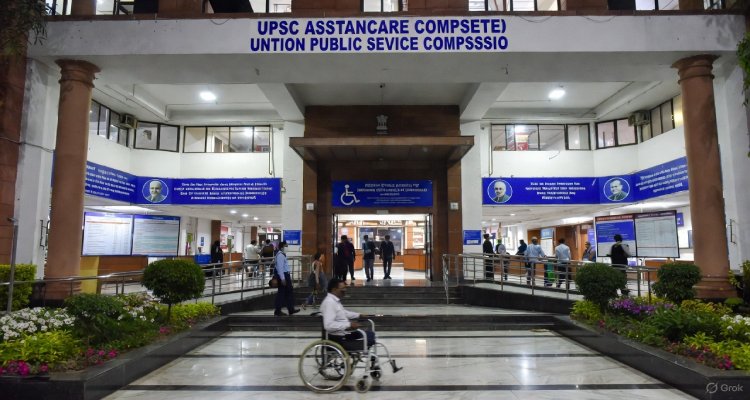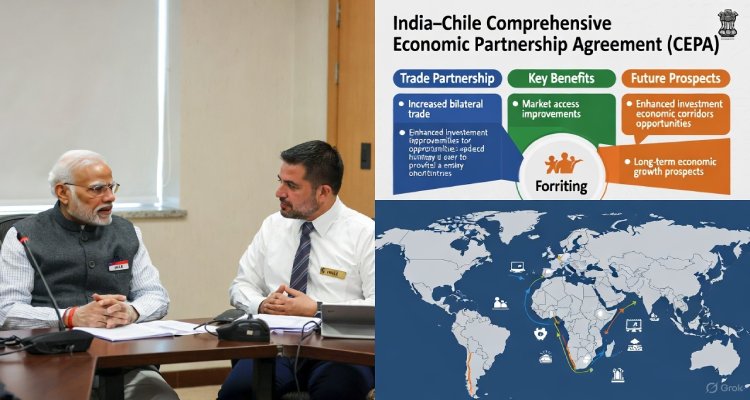Privilege on Auto-Pilot: The Subtle Ways Inequality Hides in Plain Sight
Privilege often operates quietly, embedded in daily systems and structures. Discover how inequality persists unnoticed and the hidden mechanics that sustain it.
Introduction: The Privilege You Don’t See Coming
You don’t need a penthouse or a private jet to benefit from privilege. Sometimes, it’s just a green traffic light when everyone else hits red. In cities, schools, boardrooms, and even algorithms, privilege operates not through blatant discrimination but through silent conveniences—things that seem “normal” to some and inaccessible to others. This is privilege on auto-pilot: subtle, systematic, and often invisible to those who benefit most.
Context & Background: The Evolution of Unequal Advantage
Historically, privilege was clearly demarcated—laws barred women from voting, minorities from owning property, or the poor from accessing education. But today’s privilege has grown more refined and insidious. It isn’t shouted; it whispers through better job referrals, lower mortgage rates, and even personalized digital content.
Structural inequality has evolved to be less about intention and more about inertia. Social scientists argue that our modern systems—from education to law enforcement to AI algorithms—carry the weight of their biased pasts. Privilege isn’t necessarily earned; it’s inherited, reinforced, and deeply embedded into the everyday.
Main Developments: The Hidden Mechanics of Modern Privilege
1. Neighborhood Bias and Zip Code Justice
Where you live often determines the quality of your healthcare, education, policing, and job access. A 2023 study by the Urban Institute found that neighborhoods with higher proportions of white, affluent residents had exponentially better public services—even when controlling for local tax contributions.
2. AI and Algorithmic Inequity
Tech is not neutral. From resume filters that prefer “white-sounding” names to facial recognition systems that misidentify people of color, algorithmic bias perpetuates privilege under the guise of objectivity. In 2024, several class-action lawsuits were filed against major tech platforms for discriminatory AI-driven ad targeting.
3. Education Access and the ‘Legacy Effect’
Elite institutions still favor the children of alumni and donors—predominantly white and wealthy families. Despite growing calls for equity, the 2023 Supreme Court decision rejecting race-based affirmative action only reinforced systemic barriers for underrepresented students.
4. Workplace Opportunity Gaps
Corporate privilege is subtle. It lives in unspoken dress codes, cultural fit assessments, or informal networks that benefit those already on the inside. According to McKinsey’s 2024 DEI report, 71% of senior leadership positions in Fortune 500 companies were still held by white men.
Expert Insight and Public Reaction
“Privilege isn’t just about wealth—it’s about unearned advantages embedded in the infrastructure of society,” says Dr. Maya Chen, sociologist at NYU. “When systems are designed to cater to one group’s ‘normal,’ everyone else must adapt or fall behind.”
Public sentiment is shifting. On platforms like Reddit and TikTok, hashtags like #HiddenPrivilege and #UnearnedAdvantage are trending, often led by younger users spotlighting everyday examples—from unpaid internships to biased customer service. A recent Pew survey showed that 64% of Americans under 35 believe privilege plays a significant role in career advancement, versus just 38% of those over 55.
Impact & Implications: Who Benefits, Who’s Left Behind?
The danger of auto-pilot privilege lies in its invisibility. Those who benefit from it often don’t realize they’re ahead, while those left out are gaslit into believing the system is fair. This creates a meritocracy myth—where success is seen as a result of hard work alone, rather than a mix of effort and inherited advantage.
Long-term implications include widened wealth gaps, growing public distrust in institutions, and political polarization. When privilege hides in plain sight, reform becomes harder—because many don’t believe there’s anything to fix.
But awareness is growing. Movements for equitable tech, inclusive hiring, and educational access are gaining traction. Organizations are being pushed to audit their policies not just for explicit discrimination, but for implicit advantage.
Conclusion: Moving from Awareness to Action
Privilege on auto-pilot is one of society’s most elusive challenges. It doesn’t wear a label, but it shapes lives daily. The first step is visibility—recognizing that what feels “normal” to some may be inaccessible to others.
The solution isn’t about guilt; it’s about responsibility. By understanding how invisible advantages work, we can start designing systems that serve everyone—not just the privileged few.
Disclaimer:
This article is for informational purposes only and does not constitute legal, financial, or professional advice. All data cited are based on publicly available research at the time of publication.











